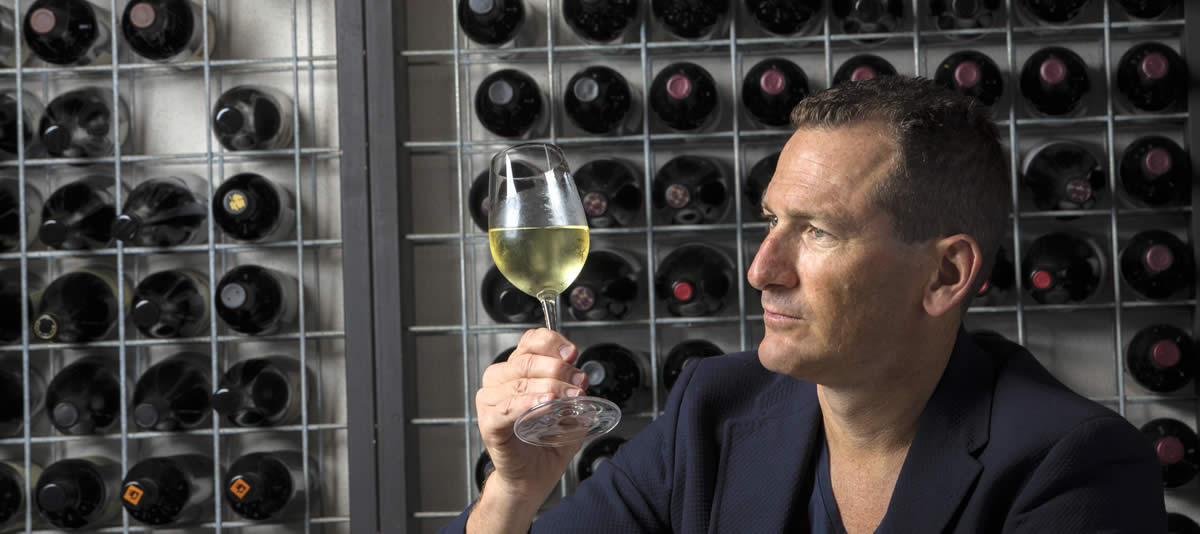How to Order Wine Like a Connoisseur

We’ve all been there. You’re in new company, at a flash restaurant and suddenly the wine list is thrust at you and you’re told that you’re in charge of ordering the wine for the table. You squirm nervously in your seat, wipe away the sweat line that has unexpectedly appeared on your upper brow and try to think of a good reason why you can’t possibly be tasked with this onerous responsibility. Will anyone notice if I suddenly develop stomach pains and run for the nearest cubicle? Do I just order the second least expensive bottle of red and white on the list, and keep my fingers crossed that my dining companions appreciate my thriftiness?
Well follow a few simple rules and you might just convince your newfound friends that you’re an old hat at the wine game, or perhaps even a sommelier in waiting.
Firstly, always follow the strength of the region. If it is a Semillon you’re after, you can’t go past the Hunter Valley in New South Wales or even the Margaret River in Western Australia. For a Riesling, look no further than South Australia’s Clare Valley. Chardonnay is one of those grapes that is pretty versatile and does well in a whole range of regions across the continent but for Sauvignon Blanc, it has to be cool climate and preferably from an elevated region like Adelaide Hills. If you’re desperate and lacking in imagination, there is sure to be something on the list from that Marlborough Region that turns out pungent Sauvignon Blanc like a sausage machine.
If red wine is the order of the day, it’s pretty safe to look for Shiraz from the Barossa Valley or McLaren Vale; particularly if you like a jammy and ripe style. If a more elegant and understated syrah style appeals to your palate, then perhaps try a cooler climate like Franklin River, Bendigo, the Grampians or Tumbarumba. The best Cabernet often seems to come from the Coonawarra in South Australia or even the Margaret River in Western Australia and for Pinot Noir, I would again look for cool climates like the Mornington Peninsula, Beechworth, Tamar Valley or Coal River in Tasmania. If you don’t mind helping out our Kiwi friends, there is always the safe bet on something from Central Otago in the middle of New Zealand’s south island.
My second rule is to simply match the cuisine to the wine. If you’re dining in an Asian Restaurant where the meals are likely to be spicy, you generally can’t go wrong with a white wine which has a hint of sweetness or some tropical fruit characters. It is an underrated style, but Verdehlo does this job really well – particularly from the Hunter Valley or even The Granite Belt. Otherwise there is Gewurztraminer or a German Riesling from somewhere like Alsace. For Italian pasta dishes, it’s hard to go past a dry and lean style of red such as Sangiovese or, if money is no object, Barolo or Barbera. For pasta or creamy Italian dishes, think Pinot Grigio or Chardonnay and you will be sure to impress.
For Lebanese or Turkish style foods, a Grenache will always do well or even a lighter style like Rosé (especially one made on the Grenache grape). For seafood, think white wines with an acidic structure such as a clean, crisp, Clare Valley Riesling or even a Hunter Valley Semillon.
Finally, don’t be afraid to ask the Sommelier for help, but don’t be upsold! In fine dining venues, the Sommelier will certainly know their apples (or grapes for that matter!) but in more casual dining venues, the staff may be better trained in the “upsell” than oenology! So, by all means, ask for help, or simply for a description of the wine. But be firm and buy at your price point.
So when the wine list lands in your lap, fear not. Even if you don’t have a firm grip on wine speak or possess an in-depth knowledge of viticulture, you too can impress both bon-vivants and wine wankers alike if you follow these three simple rules over the imminent festive season.